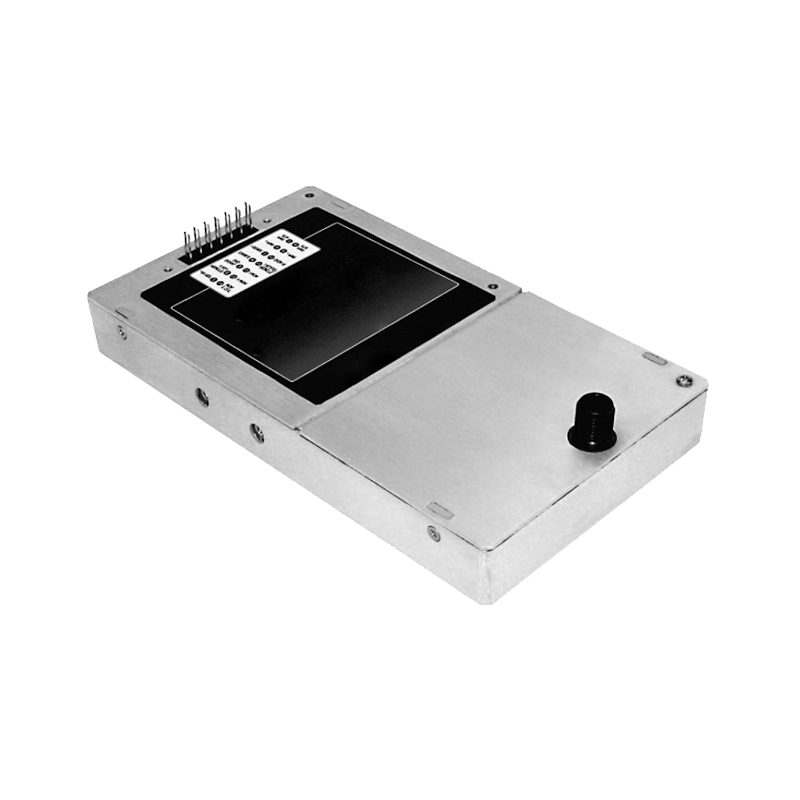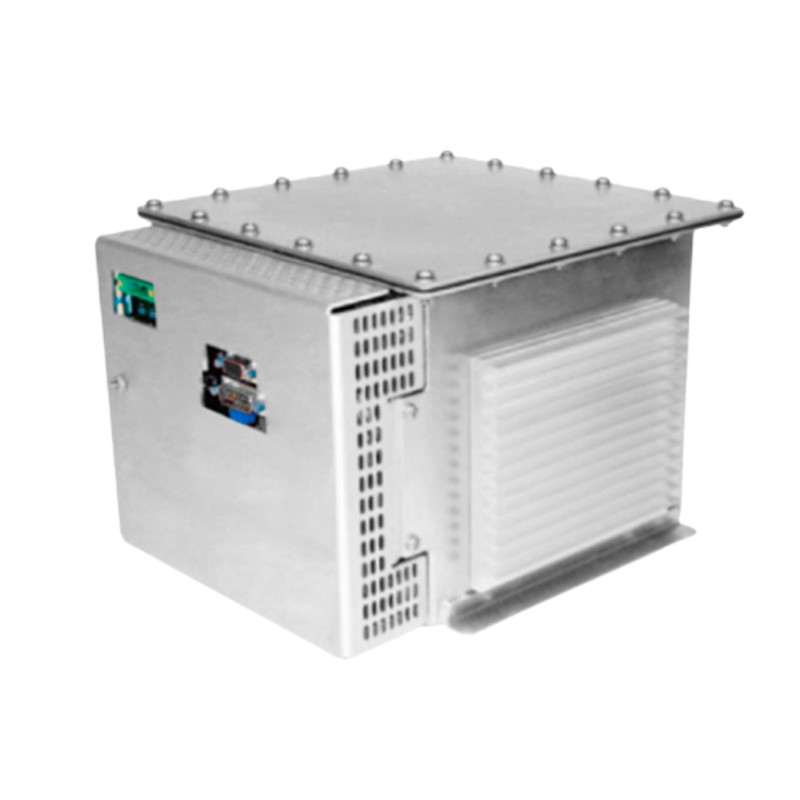Key Role of High-Voltage Power Supply Process Parameter Coupling in Etching Equipment
In semiconductor manufacturing, plasma etching is a critical process for nanoscale pattern transfer, where precision directly determines device performance and yield. As the energy source of plasma, high-voltage power supplies precisely regulate electric field intensity, frequency, and power waveforms to synergistically optimize plasma density, ion energy distribution, and active species concentration. The core of this coupling lies in solving the decoupling control of ion energy (Ei) and ion flux (Γi), balancing the trade-offs among etch rate, selectivity, and sidewall morphology.
1. Decoupled Control of Ion Energy and Flux
• Ion Energy Regulation: The voltage amplitude of the bias power directly determines the kinetic energy of ions bombarding the substrate. High bias power (>150 W) generates ion beams exceeding 500 eV, enabling anisotropic etching for steep sidewalls (e.g., high-aspect-ratio trenches). Low bias power (<100 W) promotes isotropic etching, suitable for surface planarization in optical devices. For example, in β-Ga₂O₃ etching, increasing bias power from 100 W to 250 W raises the etch rate fivefold, but exceeding 150 W causes photoresist carbonization damage.
• Ion Flux Optimization: Excitation power (e.g., ICP source) controls plasma density. High-frequency sources (60 MHz) increase electron collision probabilities, boosting reactive radical concentrations (e.g., CF₂, F) and etch rates. Experiments show that for silicon etching, excitation power rising from 200 W to 600 W significantly increases the etch rate, but excessive power reduces efficiency due to intensified internal collisions.
2. Advanced Power Technologies Enhancing Coupling Efficiency
• Resonant Topology: LCC series-parallel resonant circuits with multistage voltage-doubling rectification achieve 90% conversion efficiency at 8 kW output while reducing volume and weight by 60%. Soft-switching techniques (e.g., zero-voltage switching) minimize switching losses, supporting plasma generation above 100 kHz.
• Dynamic Impedance Matching: Plasma load impedance drifts in real time with process gas and pressure changes. Closed-loop feedback adjusts RF matching networks (e.g., capacitor tuning) to suppress reflected power below ±0.5%, preventing etch nonuniformity. For instance, diamond etching requires real-time impedance compensation to maintain ion flux at deep via bottoms.
• Pulsed Modulation: Nanosecond high-voltage pulses precisely control ion energy distribution bandwidth via duty cycle adjustments. Composite waveforms (e.g., square waves superimposed with RF) suppress sidewall erosion from low-energy ions, compressing ion energy distribution standard deviation from 30 eV to below 15 eV.
3. Challenges and Strategies for Multi-Parameter Synergy
Plasma coupling effects are constrained by cross-influences of gas chemistry, pressure, and temperature:
• SF₆-based silicon etching requires high bias power to enhance ion bombardment, whereas SiO₂ etching with CHF₃/SF₆ mixtures demands lower ion energy to maintain selectivity via carbon-polymer passivation layers.
• Higher pressure increases etch rates but shortens ion mean free paths, degrading anisotropy. Low temperatures (<−20°C) reduce sidewall reactions but necessitate helium backside cooling for wafer temperature uniformity.
Table: Etch Modes and Corresponding Parameter Optimization
Parameter High Ion Energy Mode High Ion Flux Mode Composite Control Mode
Power Config Bias: 150-250 W ICP: >500 W Dual-frequency control
Pressure Low (0.1-0.5 Pa) Medium (1.0-2.0 Pa) Adaptive adjustment
Gas Chemistry Ar/O₂ (sputtering) SF₆/CF₄ (radical-driven) Gradient gas switching
4. Trends: Intelligence and Extreme Precision
• AI-Driven Control: Machine learning algorithms combined with plasma emission spectroscopy data build predictive models for autonomous power parameter tuning (e.g., dynamic power/frequency combinations).
• Ultra-Narrow Ion Energy Spread: For wide-bandgap materials like Ga₂O₃ and diamond, ion energy threshold control accuracy must reach ±5 eV to balance etch rates and lattice damage.
• 3D Power Topology: As aspect ratios exceed 100:1, transient field-cooperative algorithms address etch profile distortion caused by nonlinear sheath oscillations in ultranarrow trenches.
Conclusion
The coupling of high-voltage power supply and plasma parameters is fundamentally a precision transformation from electrical to chemical energy. Innovations—from resonant soft-switching to nanosecond pulse modulation—continuously target narrower energy distribution, higher plasma density, and faster dynamic response. Future integration of wide-bandgap power devices (e.g., SiC MOSFETs) and adaptive algorithms will propel etching toward atomic-scale accuracy and ultra-low damage, underpinning sub-3nm processes and quantum device fabrication.




















